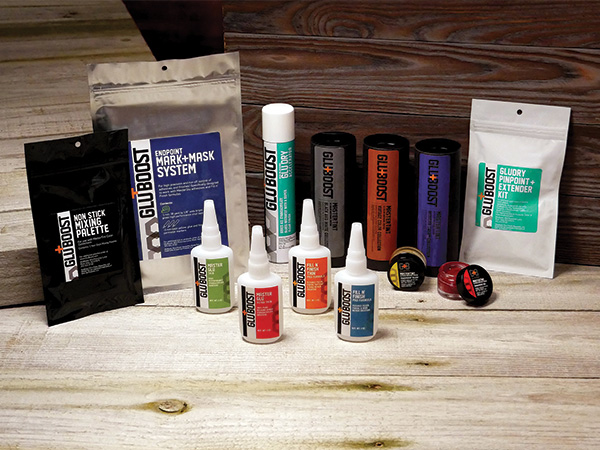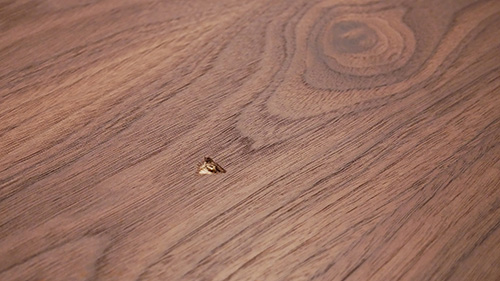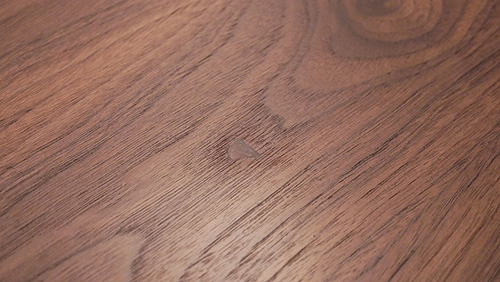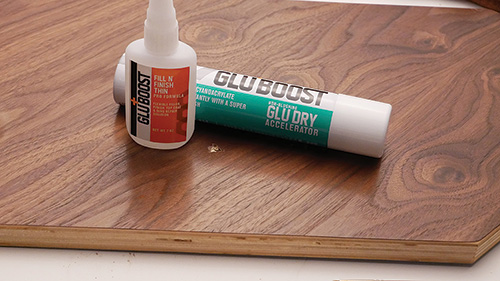
People often use cyanoacrylate adhesive for bonding parts, filling voids, repairing finish and even as a finish on raw wood — typically on pens and other small objects because it cures so fast. Most folks insist various brands of cyanoacrylates, often called “super glue,” are more alike than not, and there’s some truth to that.
However, GluBoost® products are different indeed and open up a whole new world of options for us woodworkers.

Most notable in their line is Fill n’ Finish™, a flexible, clear cyanoacrylate that stays liquid until you spray it with GluBoost accelerator, after which it solidifies instantly and cures clear. It seems hard to believe, but it’s true.

That means you can apply it to wood as a finish or pore filler, take your sweet time about getting it smooth and uniform, then spray it, and it cures almost instantly, ready to sand or recoat in just seconds. Among other uses, it is perfect for finishing turnings, right on the lathe. It cures clear, with no bubbles, pitting, hazing, crazing, blooming, yellowing or white spots.

Because it stays liquid indefinitely, you can even color it by mixing their Master-Tint™ line of colorants right into the cyanoacrylate, and it still won’t cure until it is sprayed with accelerator. Add a small amount of powder for a translucent color, more for solid colors. It’s a boon for filling dings in every type of clear, tinted, or solid color finishes, including notoriously hard-to-repair epoxies and polyesters.

Once Fill n’ Finish does cure, it is flexible. We don’t often think of them that way, but all wood finishes must be somewhat flexible to tolerate wood movement without cracking.

That flexibility is essential as a finish and also to create repairs in cracked or dinged finishes that don’t pop out or crack over time. As an adhesive, a flexible glue line is more shock-resistant than a rigid one.

The GluDry™ accelerator itself is also very slow drying, which is quite handy if you plan to use either Fill n’ Finish or their more typical adhesive, MasterGlu, as traditional adhesive. Spray one side of a bond with accelerator and put the cyanoacrylate on the other. Once they come in contact, cure comes in seconds.

Both the slow-drying, long open time Fill n’ Finish and the more typical self-curing MasterGlu come in both regular and super thin versions, the latter ideal for penetrating dense woods. Both are great for solidifying spalted or punky wood.

If you’re wondering why you’ve not heard of Glu-Boost before, in part it is because the products were first introduced to luthiers (guitarmakers) and mostly sold through luthiery supply companies.

You can find out more through their website at www.gluboost.com, where the 2 oz. bottles of Fill n’ Finish sell for $15 and the 4 oz. GluDry is priced at $12.





